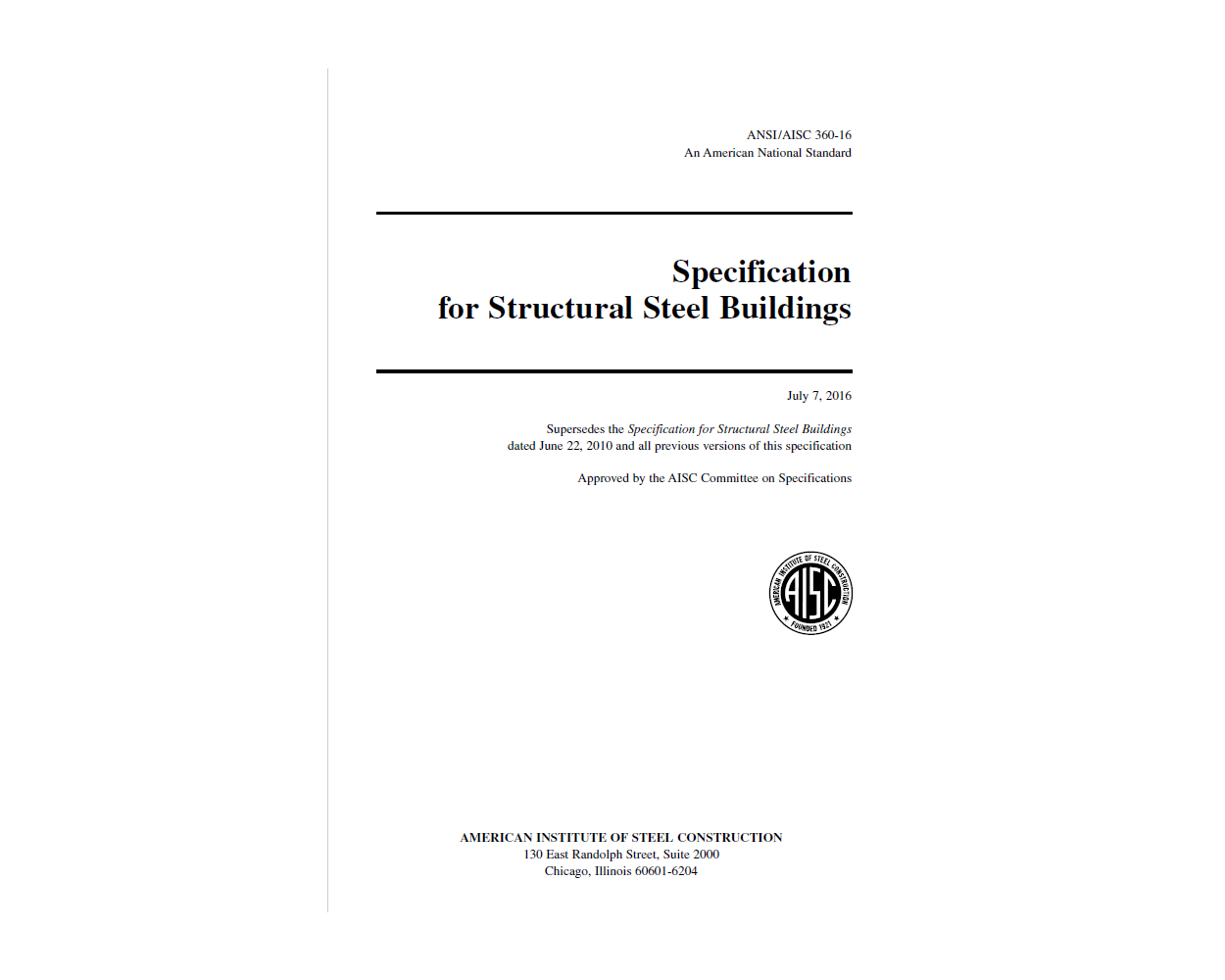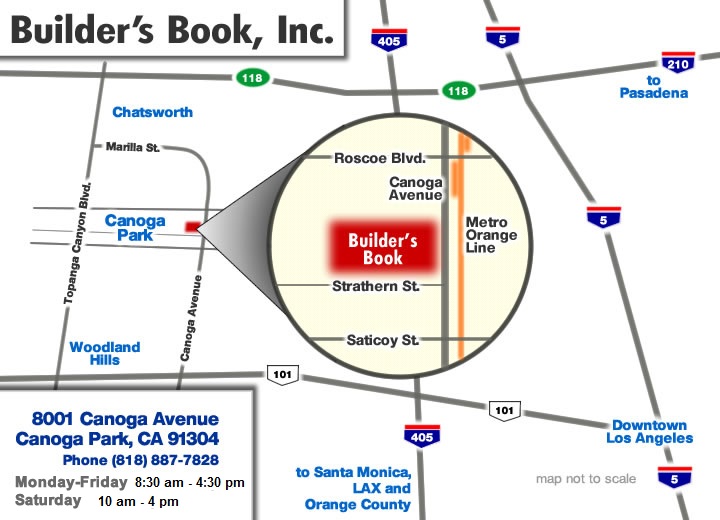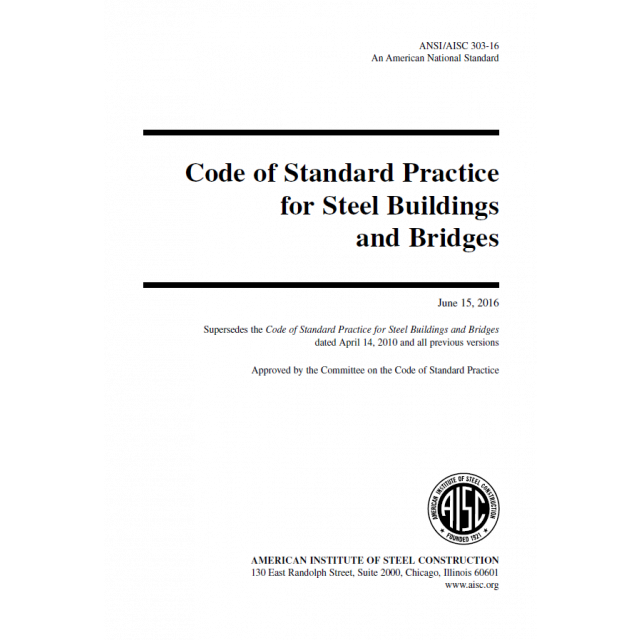Specification for Structural Steel Buildings 2016
Specification for Structural Steel Buildings 2016
This Specification is based upon past successful usage, advances in the state of knowledge, and changes in design practice. The 2016 American Institute of Steel Construction’s Specification for Structural Steel Buildings provides an integrated treatment of allowable strength design (ASD) and load and resistance factor design (LRFD), and replaces earlier Specifications. As indicated in Chapter B of the Specification, designs can be made according to either ASD or LRFD provisions. This ANSI-approved Specification has been developed as a consensus document using ANSI-accredited procedures to provide a uniform practice in the design of steel-framed buildings and other structures. The intention is to provide design criteria for routine use and not to provide specific criteria for infrequently encountered problems, which occur in the full range of structural design. This Specification is the result of the consensus deliberations of a committee of structural engineers with wide experience and high professional standing, representing a wide geographical distribution throughout the United States. The committee includes approximately equal numbers of engineers in private practice and code agencies, engineers involved in research and teaching, and engineers employed by steel fabricating and producing companies. The contributions and assistance of more than 50 additional professional volunteers working in task committees are also hereby acknowledged. The Symbols, Glossary, Abbreviations and Appendices to this Specification are an integral part of the Specification. A nonmandatory Commentary has been prepared to provide background for the Specification provisions and the user is encouraged to consult it. Additionally, nonmandatory User Notes are interspersed throughout the Specification to provide concise and practical guidance in the application of the provisions.
| Price | $39.95 |
|---|---|
| Customer Service | We're Here To Help Monday through Friday - 8:30 am to 4:30 pm (Pacific) Order Questions: Our Address: E-mail: sales@buildersbook.com Fax Your Order |
| Description | Specification for Structural Steel Buildings 2016 This Specification is based upon past successful usage, advances in the state of knowledge, and changes in design practice. The 2016 American Institute of Steel Construction’s Specification for Structural Steel Buildings provides an integrated treatment of allowable strength design (ASD) and load and resistance factor design (LRFD), and replaces earlier Specifications. As indicated in Chapter B of the Specification, designs can be made according to either ASD or LRFD provisions. This ANSI-approved Specification has been developed as a consensus document using ANSI-accredited procedures to provide a uniform practice in the design of steel-framed buildings and other structures. The intention is to provide design criteria for routine use and not to provide specific criteria for infrequently encountered problems, which occur in the full range of structural design. This Specification is the result of the consensus deliberations of a committee of structural engineers with wide experience and high professional standing, representing a wide geographical distribution throughout the United States. The committee includes approximately equal numbers of engineers in private practice and code agencies, engineers involved in research and teaching, and engineers employed by steel fabricating and producing companies. The contributions and assistance of more than 50 additional professional volunteers working in task committees are also hereby acknowledged. The Symbols, Glossary, Abbreviations and Appendices to this Specification are an integral part of the Specification. A nonmandatory Commentary has been prepared to provide background for the Specification provisions and the user is encouraged to consult it. Additionally, nonmandatory User Notes are interspersed throughout the Specification to provide concise and practical guidance in the application of the provisions. |





